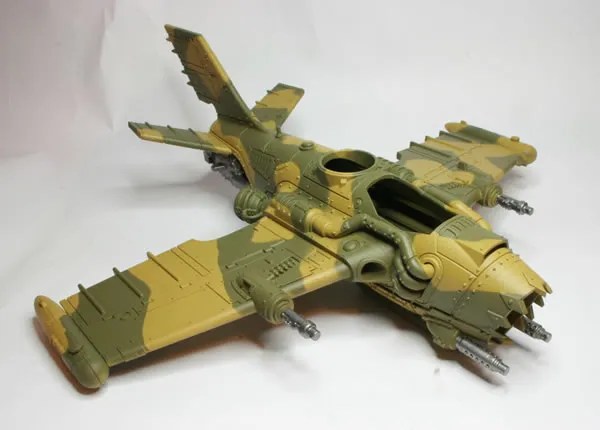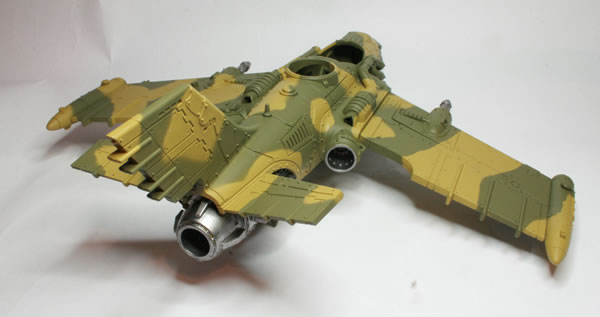I have both volumes of the Forge World Masterclass books and they are a real inspiration and full of ideas and techniques for painting and weathering models.
I wanted to try and emulate some of those techniques on the engine of the Ork Bommer.
I have been using a combination of inks and shades on a base coat of Bolt Gun Metal. I then want to highlight parts of the engine, as well as adding some more grunge.
I intend to use some Forge World weathering powders and Citadel Technical paints to further enhance and weather the engines. I might though in the first instance try them on another model to ensure it works out how I want them to, but also what happens when I varnish the model.


























